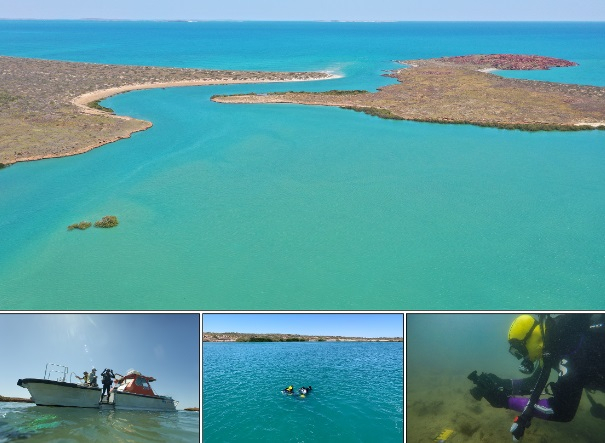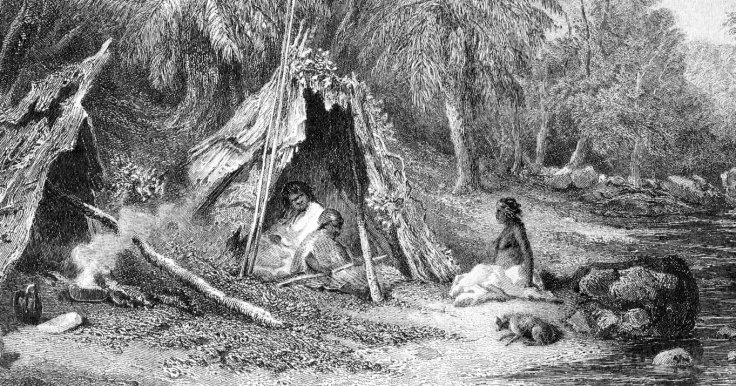The gradual sea-level rise not only threatened the environment but also enveloped archaeological sites and the secrets of the ancient world under the ocean water. The curiosity towards the undiscovered world led some archaeologists to find first confirmed underwater Aboriginal archaeological sites in the Dampier Archipelago, off the coast of Australia. Now the experts believe that there are many more to be discovered.

During the Ice Age, which began about 2.6 million years ago and lasted until about 11,700 years ago, many settlements were built on dry land when the sea level was lower. But as per a new study, published in the journal PLOS ONE, these establishments submerged as the sea level started to increase.
A team of researchers led by archaeologist Jonathan Benjamin of Flinders University in Adelaide said that the Australian coast extended 100 miles farther out to the sea than it does now which suggests that many ancient sites are likely to be underwater.
The Discovery of Aboriginal Sites
The researchers sent divers to explore the sites and used several techniques such as aerial and underwater remote sensing. They found two sites off northwestern Australia -- one in the Cape Bruguieres Channel, containing artifacts that are at least 7,000 years old, while the other site, Flying Foam Passage, with one artifact that is 8,500-year-old.
According to researchers, many of these newly-found artifacts had marine life covering them. The team of researchers was able to identify numerous stone tools among the discovered artifacts, including two possible grinding stones.
The recent discovery shows that the exploratory techniques are very useful in detecting underwater archaeological sites, said Benjamin, author of the study. The lead researcher also hopes that these techniques can be used to recover and investigate long lost ancient artifacts. However, the archaeologists urged the Australian government to enact legislation that would manage and protect the Aboriginal sites along the coastline of the country.

As per Benjamin, managing, investigating, and understanding the archaeology of the Australian continental shelf in partnership with Aboriginal and Torres Strait Islander traditional owners and custodians will help the study. He added that the research findings represented the first step "in a journey of discovery to explore the potential of archaeology on the continental shelves which can fill a major gap in the human history of the continent."
Aboriginal Culture
As per a 2016 genomic study, Aboriginal Australians are the oldest known civilization on earth and their ancestors left Africa around 72,000 years ago. The ancestors of the Aboriginal and Papuan population arrived on the supercontinent 'Sahul' around 50,000 years ago.
As per the experts, the Aboriginal people in Australia have a shared history of colonization and forced removal of their children. Even the European colonization had a devastating impact on Aboriginal communities as well as on their culture. The people belonging to this culture were subjected to injustice, including mass killings or being displaced from their traditional lands and relocated on missions and reserves in the name of protection.

For Aboriginal people, colonization meant nothing but massacre, violence, disease, and loss. Despite the past and present impact of colonization, Aboriginal kinship systems, customs, and traditions still thrive. Now, researchers are trying to know more about their culture and civilization.









